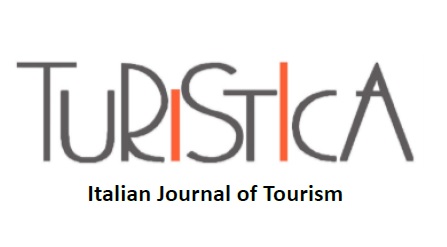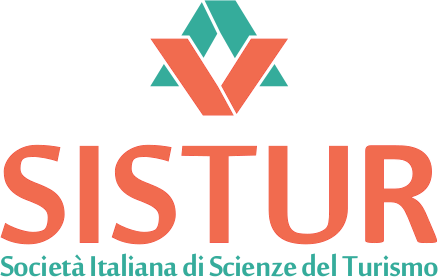“Cultural Routes of Europe” fra mercato e istituzioni
pubblicato nel numero 2016 anno 3

Launched by the Council of Europe in 1987, the Cultural Routes demonstrate, how the heritage of the different countries and cultures of Europe contributes to a shared and living cultural heritage. The Routes promote the principles which underlie all the work and values of the Council of Europe: human rights, cultural democracy, cultural diversity, mutual understanding and exchanges across boundaries. They also act as channels for intercultural dialogue.
In this paper we examine how the 32 routes across 53 countries involved: run through all the 27 States of the European Union plus 26 others including some African and Asian ones.
A route is a complex activity with great potential to be enhanced even more because the proposed paths are little known compared to what they deserve.
The main and best known paths are the Camino de Santiago de Compostela (by far the most popular one) and the Via Francigena.
22 of the 32 paths promoted by the Council of Europe, an organization born before and not to be confused with the Council of the European Union, pass through Italy The Council of Europe is not part of the European Union, but it is an autonomous international organization based in Strasbourg.
The routes are at different stages of their evolution, also depending on the territories; as to the Via Francigena, its crossing of Tuscany is a case of excellence and best practices.


